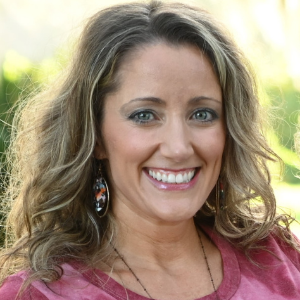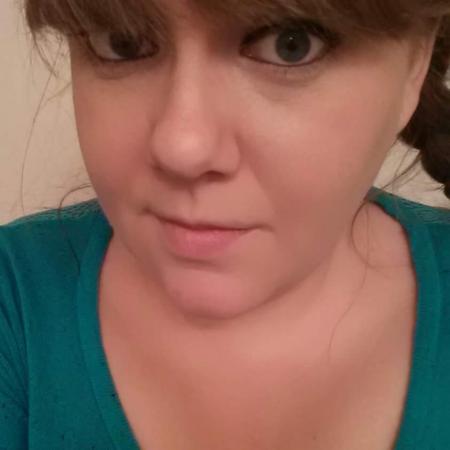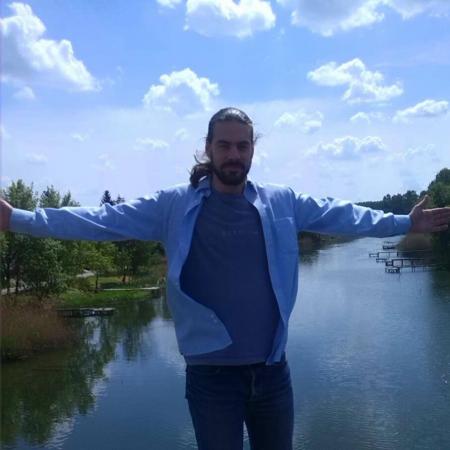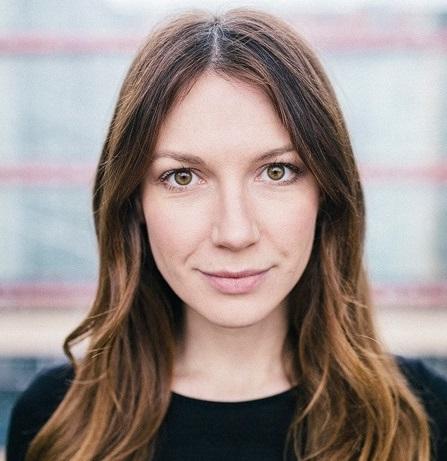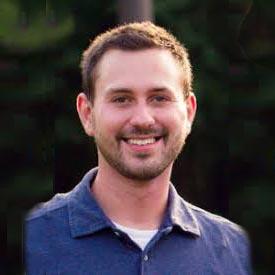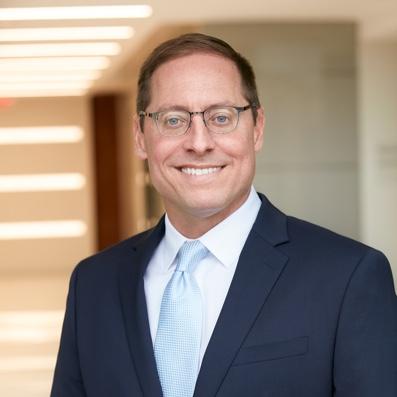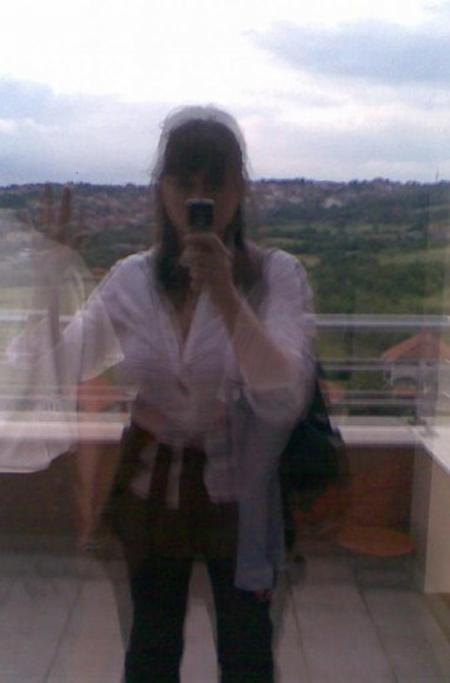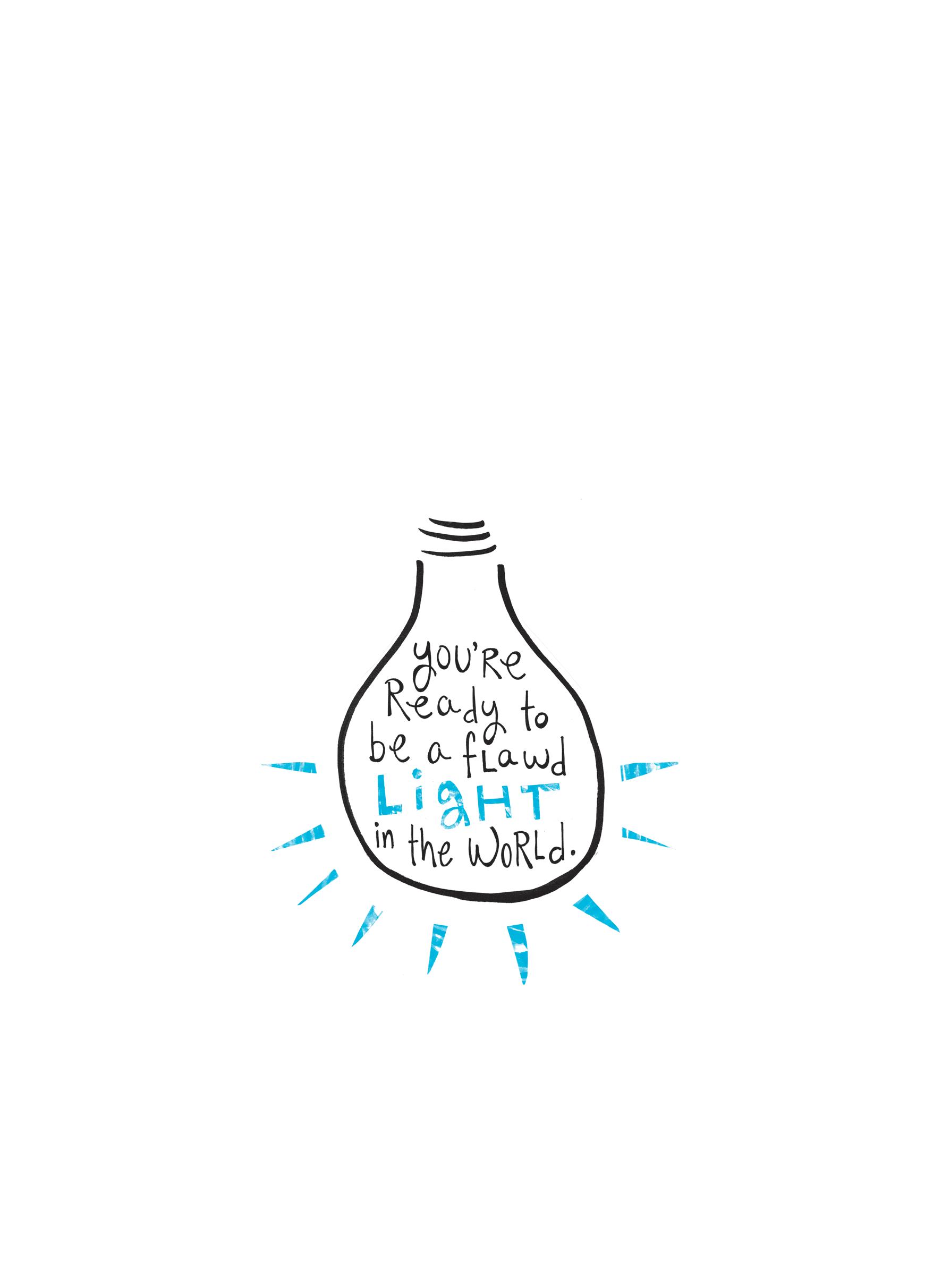
When I was sixteen years old I created a YouTube channel to address the problem of bullying. WeStopHate.org is based around the idea that “People who feel good about themselves don’t put others down.” Teens from around the world made videos sharing their favorite confidence tips and tricks – all with the hope of helping others.
When the channel got to one million video views you could call it “a movement.” When you have a movement going on you sometimes get asked to write a book. We did. So we organized the very entertaining teenage wisdom expressed in the videos into a self-esteem guidebook.
FLAWD: How To Stop Hating On Yourself, Others,
and the Things that Make You Who You Are.
FLAWD is filled with issues teenagers today care about. And one of the things the WeStopHate teenagers talked about most in their videos? Flaws. Having them and figuring out how to accept them.
It’s about just accepting your flaws and just moving on with your life because there’s so many more things to life than just worrying about not having the clearest skin, not being the prettiest, not being the smartest, and not succeeding at absolutely everything that you do. —Momo055650, age 16
But FLAWD isn’t just for teens. It’s relevant to pretty much everyone because while it would be nice if insecurities and self-esteem issues were something you just grew out of, the reality is they’re something you deal with until… you deal with them.
On a scale of 1 to 10, how accepting of your flaws are you?
This is a real question because in order for kids to see themselves in a self-accepting light, it really helps if their parents are doing the work of “flaw love” too. Brené Brown says,
"You can't give children what you don't have yourself. …I can encourage my daughter to love her body, but what really matters are the observations she makes about my relationship with my own body. Damn it.”
If you have kids, I’ll bet FLAWD can help you to “live what you most want to give” your kids. As in, be modeling the best stuff for them.
This mindset shifter could be helpful. It’s the “WHAT IF… ?” way of connecting play to everything. “WHAT IF… ?” makes whatever you stick it in front of a little more playful… even the idea of being flawd.
That’s all a flaw really is, anyway: an idea. An idea that doesn’t measure up to what you think “should be” true about you. We all have the ability to play with the ideas we have about ourselves. It’s not even hard. You just have to be sincere as you try it out.
And 5 Other FLAWD Mindset Shifters to Play with…
and Possibly Pass Along to Your Kids
WHAT IF… our flaws made us more precious and more valuable, not less?
WHAT IF… dealing with having flaws made us better, richer, more thoughtful people?
WHAT IF… instead of being embarrassed by our flaws, we had all kinds of curiosity about them?
WHAT IF… we could suddenly see our weaknesses as the things that make us strong?
WHAT IF… we could “turn our mess into our message”
by sharing what we’re learning from our shortcomings?
How we see ourselves (and consequently the world) is pretty much everything. Get playful with your perspective and you’ll be able to give your kids the best of everything!
Model that!
__
Emily-Anne Rigal’s story as told by Jeanne Demers. Rigal and Demers are co-authors of FLAWD: How To Stop Hating On Yourself, Others and the Things that Make You Who You Are (A Perigee Book, Penguin Random House).




















